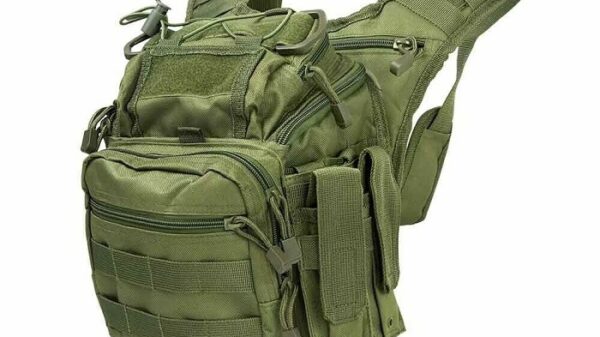The bathroom is one of the most unsafe places to install electrical wiring. In the conditions of modern technologies, it is simply not possible to do without electrical appliances in the bathroom, and therefore you need to know everything about the features of laying hidden wiring in the bathroom. Starting repairs in the bathroom, before facing work and installing all the necessary attributes, the first thing to do is lay the wiring cables into the wall..
Preparation for laying hidden wiring should begin with marking the nests, under the boxes of switches and sockets. Further, for switches and sockets, it is necessary to punch through holes in the walls. In the nests prepared for them, the boxes should be visible from the wall at a distance that is equal to the thickness of the layer of further plaster.
Laying wires consists in cutting the required length of wires, while leaving a margin of up to twelve centimeters in each direction. Further, the wires are necessarily fixed along the entire section of the wall with the foot of the staples.
Alabaster tubercles, made along the entire length of the wires, will not be visible above the layer of further plaster if you press them down with a feeder a couple of minutes after laying until the wire insulation is reached. And you can already put wires in boxes. Concealed wiring ready for plastering.
There is another way: to lay the hidden wires on the plastered walls. To do this, you need to make grooves in the plaster. The advantages of this method are easy wiring, simple lining of the junction boxes — you just need to prepare the mounting slots before plastering. After painting the plastered walls, you need to connect the wires laid in the boxes and install the sockets and switches.
In new residential buildings, wires are sometimes placed in electrotechnical skirting boards, which are long narrow pencil cases, which are divided into cells by a series of longitudinal partitions. These skirting boards with covers are made of almost non-combustible plastic. In order for the wire to be perfectly sealed, you just need to close the cover by connecting it to the springy walls.




